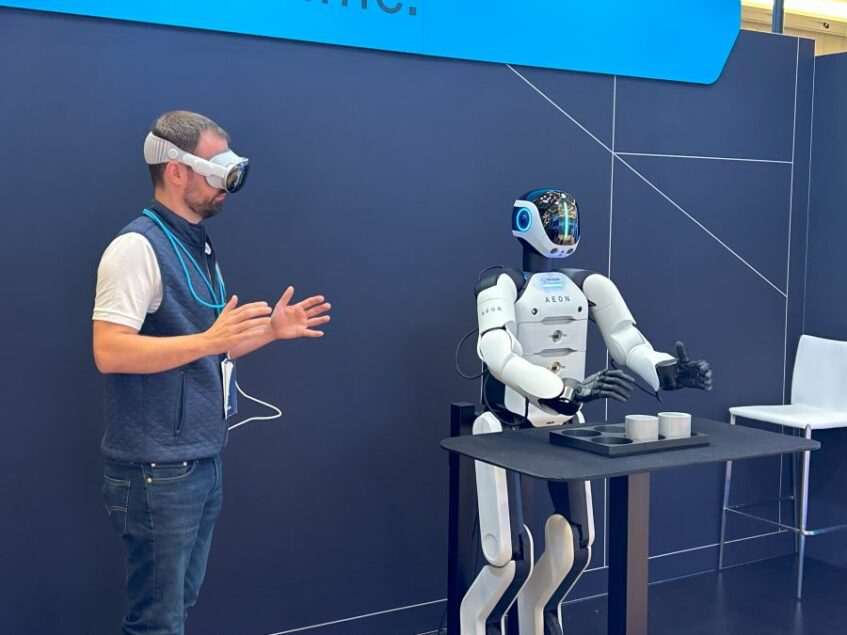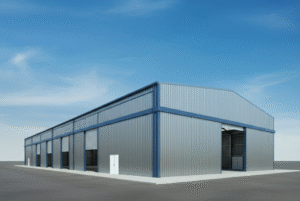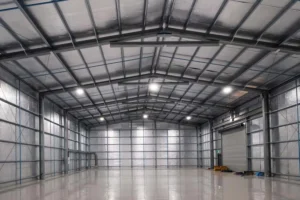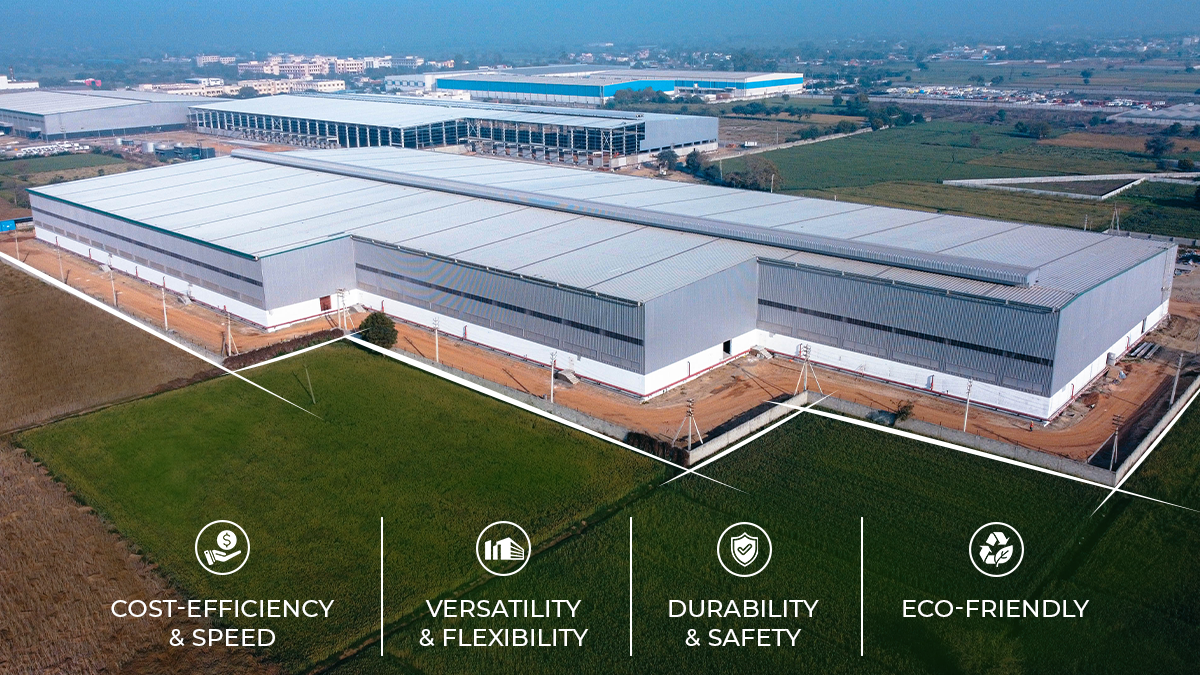
Hitting a New Octave, Hexagon Splits Into Two Separate Companies
[ad_1]

On June 17 at its Hexagon Live conference in Las Vegas, Sweden-based geospatial measurement, tracking, construction and design software company Hexagon announced plans to spin off several of its business units—including its Asset Lifecycle Intelligence division and CAD design tool Bricsys—into a new standalone company called Octave.
If approved by shareholders, regulators and Hexagon’s board, the dedicated software and cloud software-as-a-service company is expected to launch in the first half of 2026 and be headquartered in New York and listed as a U.S. company. Its safety, infrastructure and geospatial business will also join Octave. It’s estimated the new entity will have about 7,200 employees coming over from Hexagon.
“As we prepare for the potential separation from Hexagon AB, Octave will be a powerful identity to reflect the significant growth opportunity,” said Mattias Stenberg, president of Hexagon’s Asset Lifecycle Intelligence and Safety, Infrastructure and Geospatial divisions and incoming Octave chief executive officer. “As a separate, stand-alone company, Octave will have the depth, scale and expertise necessary to capitalize on software and services opportunities across the industrial and public sector spaces and deliver intelligence at scale.”
Stenberg said he and the leadership team will remain at Hexagpon’s Hunstville, Ala., office although the new company’s official headquarters is expected to at least initially be in New York.
Henning Sandfort, president of Hexaon’s geosysystems division—and who will remain in that role at Hexagon after Octave’s launch—said the elder company’s vision continues to be to merge data from scanners, drones, radar and its other geosystems’ devices into one artificial intelligence-empowered platform such as its existing HxDR cloud.
To that end, Arnaud Robert, president of Hexagon Robotics, introduced the company’s first humanoid-form robot, Aeon, in the same at keynote the Fontainebleau Resort on the Las Vegas strip.
The robot, whose use cases include reality capture for construction, stands about four ft tall, has two full AI computers, NVIDIA graphics processing units
with NVIDIA graphics processing unit, two cameras in the head alone and 22 spatial sensors. While Boston Dynamics assisted in the design, Aeon is a bipedal robot with wheels for feet that it can either roll or walk with. The robot’s hands came from designs for dexterous prosthetic hands for humans who’ve suffered amputations. Microsoft provided cloud and edge computing and Maxon provided precision measurement and actuators.
While many robots have tried to solve the construction reality capture problem—notoriously done inconsistently by humans who could likely be utilized better in non-repetitive tasks—Hexagon believes its humanoid has a leg up on robot dogs or drones because it has two batteries and the ability to swap out its own battery packs without humans helping.
Robert said its ability to learn will also help it get better at construction tasks.
“The pace of innovation in physical AI is getting better. Foundational models teach a robot how to reason and learn,” he said.
[ad_2]
Source link
Post a Comment
You must be logged in to post a comment.






